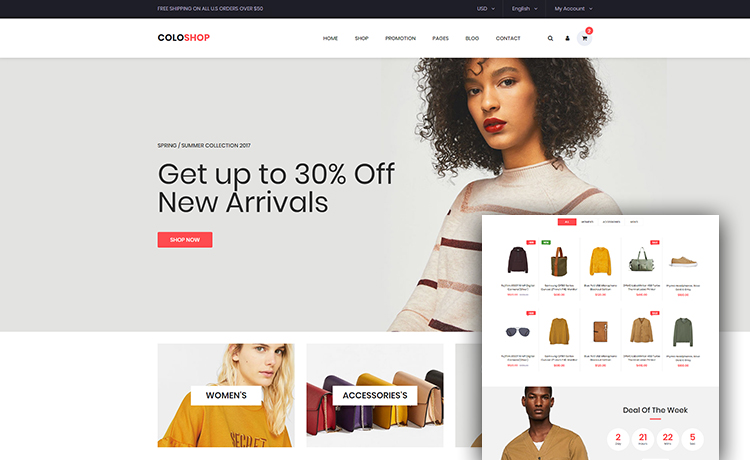Introduction
In today’s digital age, building a successful ecommerce brand has become more accessible and essential than ever. With millions of people shopping online every day, establishing a strong online presence can make a huge difference in reaching your target audience and growing your business. But how do you create an effective brand that stands out from the crowd? This guide will walk you through the steps to build your ecommerce website and set up crucial tools like the Facebook Pixel setup, along with strategies for advertising with commerce media, to help you succeed in the competitive world of ecommerce.
Understanding the Basics of Ecommerce Branding
Building an ecommerce brand involves more than just having a website. It’s about creating a unique identity that resonates with your customers. Your brand should tell a story and connect with people on an emotional level. To begin, you need to identify your niche and target audience. Who are the people you want to reach with your products? Understanding their needs and preferences will help you craft a brand message that speaks directly to them.
Next, focus on your brand’s visual identity. This includes your logo, color scheme, and overall website design. Your brand’s look should be consistent across all platforms, including your website, social media, and email marketing. This consistency builds trust and recognition with your audience. When you build your ecommerce website, make sure it reflects your brand’s personality and values.
Creating a User-Friendly Ecommerce Website
Your website is the cornerstone of your online brand. It needs to be user-friendly, visually appealing, and optimized for both desktop and mobile devices. When you build your ecommerce website, keep in mind that the navigation should be simple and intuitive. Customers should be able to find products, learn about your brand, and check out with ease.
Invest in high-quality images and detailed product descriptions to give customers a clear idea of what they’re buying. Your website should also have fast loading times because slow pages can lead to a high bounce rate. Consider using a platform that offers good support and flexibility, such as Shopify, WooCommerce, or BigCommerce. Integrate essential features like a shopping cart, secure payment options, and customer reviews to enhance the shopping experience.
Leveraging Social Media for Brand Growth
Social media platforms like Facebook, Instagram, and Twitter are powerful tools for building your brand online. They allow you to engage with your audience, showcase your products, and drive traffic to your website. To get the most out of these platforms, you need to create a strong social media strategy.
Start by choosing the platforms that best suit your brand and audience. Share content that is valuable and engaging, such as product demonstrations, customer testimonials, and behind-the-scenes looks at your business. Regularly interact with your followers by responding to comments and messages promptly. Setting up a facebook pixel setup on your website can help you track conversions from your Facebook ads and gather valuable data about your audience’s behavior. This information is crucial for refining your marketing strategies and maximizing your ad spend.
Optimizing Your Ecommerce Website for SEO
Search engine optimization (SEO) is essential for driving organic traffic to your ecommerce website. It involves using keywords, like build ecommerce website, to help your site rank higher on search engines like Google. Start by conducting keyword research to identify the terms your target audience is searching for. Incorporate these keywords naturally into your product descriptions, blog posts, and meta tags.
Ensure that your website is mobile-friendly and has fast loading times, as these are important factors that affect your SEO ranking. Additionally, use descriptive and keyword-rich URLs for your product pages and categories. A well-structured site with clear navigation not only improves user experience but also helps search engines index your pages more effectively. Don’t forget to create high-quality content regularly, such as blog posts and articles, to provide value to your audience and keep your website fresh.
Using Email Marketing to Build Customer Loyalty
Email marketing is a powerful tool for nurturing relationships with your customers and encouraging repeat business. Collect email addresses from visitors through opt-in forms on your website and offer incentives like discounts or free shipping for signing up. Send regular newsletters that provide value, such as product updates, special offers, and helpful tips.
Personalize your emails to make your customers feel valued. For example, use their names and recommend products based on their past purchases. Email marketing is also a great way to announce new products, sales events, and company news. By staying in touch with your customers, you keep your brand top of mind and build long-term loyalty.
Conclusion
Building a strong ecommerce brand requires careful planning and execution. From understanding your audience and creating a visually appealing website to leveraging social media and optimizing for SEO, each step is crucial to your success. Setting up a Facebook Pixel and using effective email marketing strategies can further boost your brand’s visibility and customer loyalty. As you build your ecommerce website, remember that consistency, quality, and customer engagement are key to standing out in the crowded online marketplace. With dedication and the right strategies, you can create a brand that not only attracts customers but also keeps them coming back.

